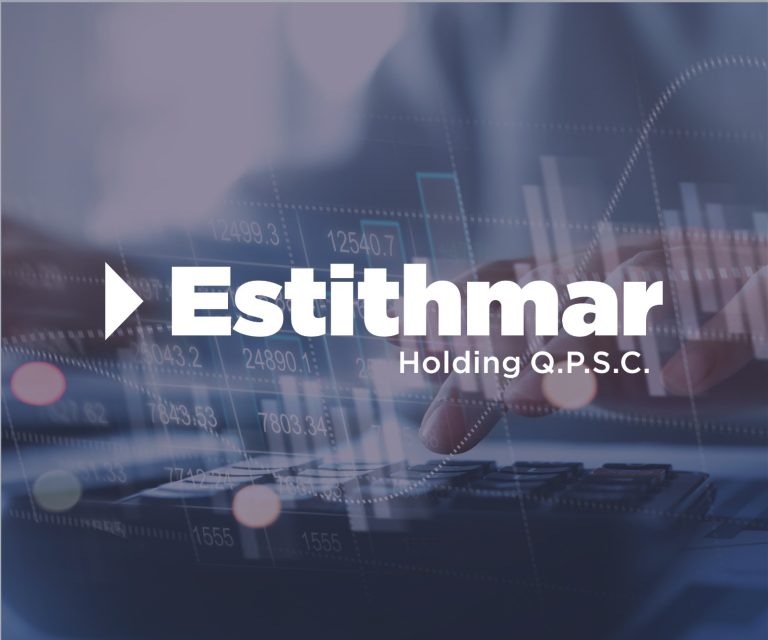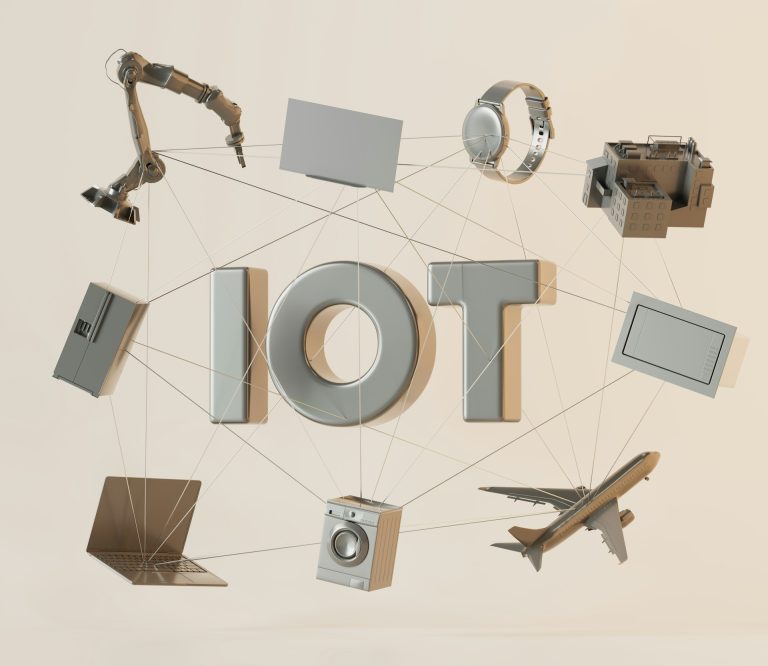In the ever-evolving landscape of financial transactions, security has become a paramount concern for consumers, businesses, and financial institutions alike. The rise of digital payments and online shopping has brought with it an increase in fraud and other security risks. As a result, the need for secure payment methods has never been greater. One of the most effective tools in combating card fraud is EMV technology. Named after its creators—Europay, Mastercard, and Visa—EMV technology has transformed the way card transactions are conducted, offering enhanced security and fraud protection.
In this article, we will explore how EMV technology works, the role it plays in preventing card fraud, and why it is essential for protecting both consumers and businesses in today’s digital economy.
The Basics of EMV Technology
EMV technology is a global standard for cards equipped with computer chips and the technology used to authenticate chip-card transactions. EMV cards, also known as chip cards or smart cards, contain an embedded microprocessor chip that interacts with the payment terminal to ensure that the card is valid and that the transaction is legitimate. Unlike traditional magnetic stripe cards, which store all of the cardholder’s information in a single, static format, EMV cards generate a unique code for each transaction, making it much harder for fraudsters to replicate or misuse the card.
There are two main types of EMV transactions:
- Chip-and-PIN: In this type of transaction, the cardholder inserts their EMV card into a payment terminal and is prompted to enter a Personal Identification Number (PIN). The transaction is authorized once the PIN is verified and the chip generates a unique transaction code.
- Chip-and-Signature: In this variation, the cardholder inserts their card and signs a receipt or digital signature pad to verify the transaction. While still more secure than magnetic stripe cards, chip-and-signature transactions do not offer the same level of security as chip-and-PIN because they rely on a signature, which can be forged.
How EMV Technology Protects Against Card Fraud
EMV technology significantly reduces the risk of several types of card fraud, particularly counterfeit fraud, which has been a major problem with magnetic stripe cards. Here’s how EMV technology enhances security:
- Dynamic Data Authentication: Each time an EMV card is used for a transaction, the chip creates a unique transaction code that cannot be used again. This means that even if a fraudster were able to steal the transaction data, they would not be able to use it to make a fraudulent transaction because the data is unique to that one-time use. This process is known as dynamic data authentication (DDA).
- Card Authentication: The chip on an EMV card stores the cardholder’s information securely and interacts with the payment terminal to authenticate the card. This makes it extremely difficult for fraudsters to create counterfeit cards. In contrast, magnetic stripe cards store static data that can be easily copied and replicated by criminals using skimming devices.
- PIN Verification: In chip-and-PIN transactions, the cardholder must enter a PIN to authorize the transaction. This adds an extra layer of security, as the transaction cannot be completed without the correct PIN. This reduces the risk of lost or stolen cards being used fraudulently, as the fraudster would need both the physical card and the PIN to make a purchase.
- Encryption and Secure Messaging: EMV technology also employs encryption and secure messaging protocols to protect the data transmitted during a transaction. This ensures that the data cannot be intercepted and used for fraudulent purposes.
The Impact of EMV on Card Fraud
Since the introduction of EMV technology, there has been a significant reduction in card-present (CP) fraud, which refers to fraud that occurs when the physical card is used at a point of sale. For example, after the United States began its migration to EMV technology in 2015, counterfeit card fraud at merchants who had implemented EMV technology dropped by 87% between 2015 and 2018, according to Visa. This demonstrates the effectiveness of EMV in reducing fraud.
However, while EMV has been highly effective in reducing card-present fraud, it has also led to a shift in fraud tactics. As it became harder for fraudsters to commit CP fraud, many turned their attention to card-not-present (CNP) fraud, which involves using stolen card information to make purchases online or over the phone. To combat this, many organizations have adopted additional security measures, such as tokenization, 3D Secure, and biometric authentication.
The Global Adoption of EMV Technology
EMV technology was first introduced in Europe in the 1990s, and its adoption quickly spread across the globe. Today, EMV is the standard for card transactions in most parts of the world, including Europe, Asia, and Canada. However, the United States was slower to adopt EMV technology, only beginning the transition in earnest in 2015. This delay made the U.S. a prime target for counterfeit card fraud, as fraudsters exploited the continued use of magnetic stripe cards.
The transition to EMV in the U.S. involved a shift in liability. Before the EMV migration, card issuers were typically responsible for fraud losses. However, with the introduction of EMV, the liability shifted to the party that had not adopted the technology. This meant that if a merchant had not upgraded to EMV-compliant terminals and a fraudulent transaction occurred, the merchant would be liable for the loss. This liability shift provided a strong incentive for merchants to adopt EMV technology.
Challenges and Considerations in Implementing EMV
While EMV technology offers significant benefits in terms of security, its implementation has not been without challenges. Some of the key challenges include:
- Cost of Implementation: Upgrading to EMV-compliant payment terminals and issuing new EMV cards can be costly for both merchants and financial institutions. However, these costs are often offset by the reduction in fraud losses and the improved security provided by EMV technology.
- Consumer Education: When EMV technology was first introduced, there was a learning curve for consumers who were used to swiping their cards rather than inserting them into a terminal. Educating consumers on how to use their EMV cards and the importance of entering their PIN was essential for a smooth transition.
- Merchant Compliance: Not all merchants were quick to adopt EMV technology, particularly smaller businesses that may have been reluctant to invest in new equipment. This created a patchwork of compliance, with some merchants accepting EMV cards and others continuing to use magnetic stripe technology. Over time, however, most merchants have made the switch to EMV.
- Impact on Transaction Speed: Early versions of EMV technology were criticized for being slower than traditional magnetic stripe transactions. This was particularly noticeable in high-volume retail environments where transaction speed is crucial. However, advancements in EMV technology, such as contactless payments, have helped to address this issue and improve transaction speeds.
The Future of EMV Technology
As technology continues to evolve, so too does EMV. One of the most significant developments in recent years has been the introduction of contactless EMV payments, also known as “tap-and-go” payments. Contactless EMV cards allow cardholders to simply tap their card on a payment terminal to complete a transaction, making the process faster and more convenient while still maintaining the security benefits of EMV technology.
In addition to contactless payments, EMV technology is also expanding beyond physical cards. Mobile payment platforms like Apple Pay, Google Pay, and Samsung Pay use EMV technology to secure transactions made with smartphones and other mobile devices. These platforms use a combination of EMV, tokenization, and biometric authentication to provide a high level of security for mobile payments.
Looking ahead, the future of EMV technology may also include the integration of biometric data directly into the card itself. For example, biometric EMV cards equipped with fingerprint sensors are already being developed and tested. These cards would require the cardholder to verify their identity with a fingerprint scan, adding yet another layer of security to the transaction process.
The Role of Companies Like Card Centric Limited
As the demand for secure payment solutions continues to grow, companies like Card Centric Limited play a crucial role in the development and implementation of EMV technology. By providing businesses with the tools they need to adopt EMV and other secure payment methods, Card Centric Limited helps to protect consumers and reduce the risk of fraud.
Card Centric Limited offers a range of services, including EMV card issuance, payment terminal solutions, and mobile payment integration. Their expertise in EMV technology ensures that businesses can implement secure payment solutions that meet the highest industry standards.
In addition to EMV, Card Centric Limited is also at the forefront of other emerging payment technologies, such as contactless payments and mobile wallets. By staying ahead of the curve, they help businesses stay competitive in an increasingly digital marketplace.
Conclusion
EMV technology has revolutionized the way we conduct card transactions, offering a level of security that was previously unattainable with traditional magnetic stripe cards. By generating unique transaction codes and incorporating features like PIN verification, EMV has made it much more difficult for fraudsters to commit card-present fraud. As a result, businesses and consumers alike have benefited from reduced fraud losses and increased confidence in the security of their transactions.
While the implementation of EMV has not been without its challenges, the benefits far outweigh the costs. As we look to the future, advancements in EMV technology, such as contactless payments and biometric authentication, will continue to enhance the security of financial transactions.
For businesses looking to adopt EMV technology, partnering with a trusted provider like cardcentric.net is essential. Their expertise and range of services can help ensure a smooth transition to EMV and provide the ongoing support needed to stay secure in an ever-changing digital landscape.
In today’s world, where cyber threats are constantly evolving, the importance of secure payment methods cannot be overstated. EMV technology provides a robust defense against card fraud, protecting both consumers and businesses from the financial and reputational damage that fraud can cause. By understanding and embracing EMV technology, we can all play a part in creating a safer, more secure environment for financial transactions.












 Bitcoin
Bitcoin  Ethereum
Ethereum  XRP
XRP  Tether
Tether  Solana
Solana  USDC
USDC  TRON
TRON  Lido Staked Ether
Lido Staked Ether  Cardano
Cardano  Avalanche
Avalanche  Toncoin
Toncoin